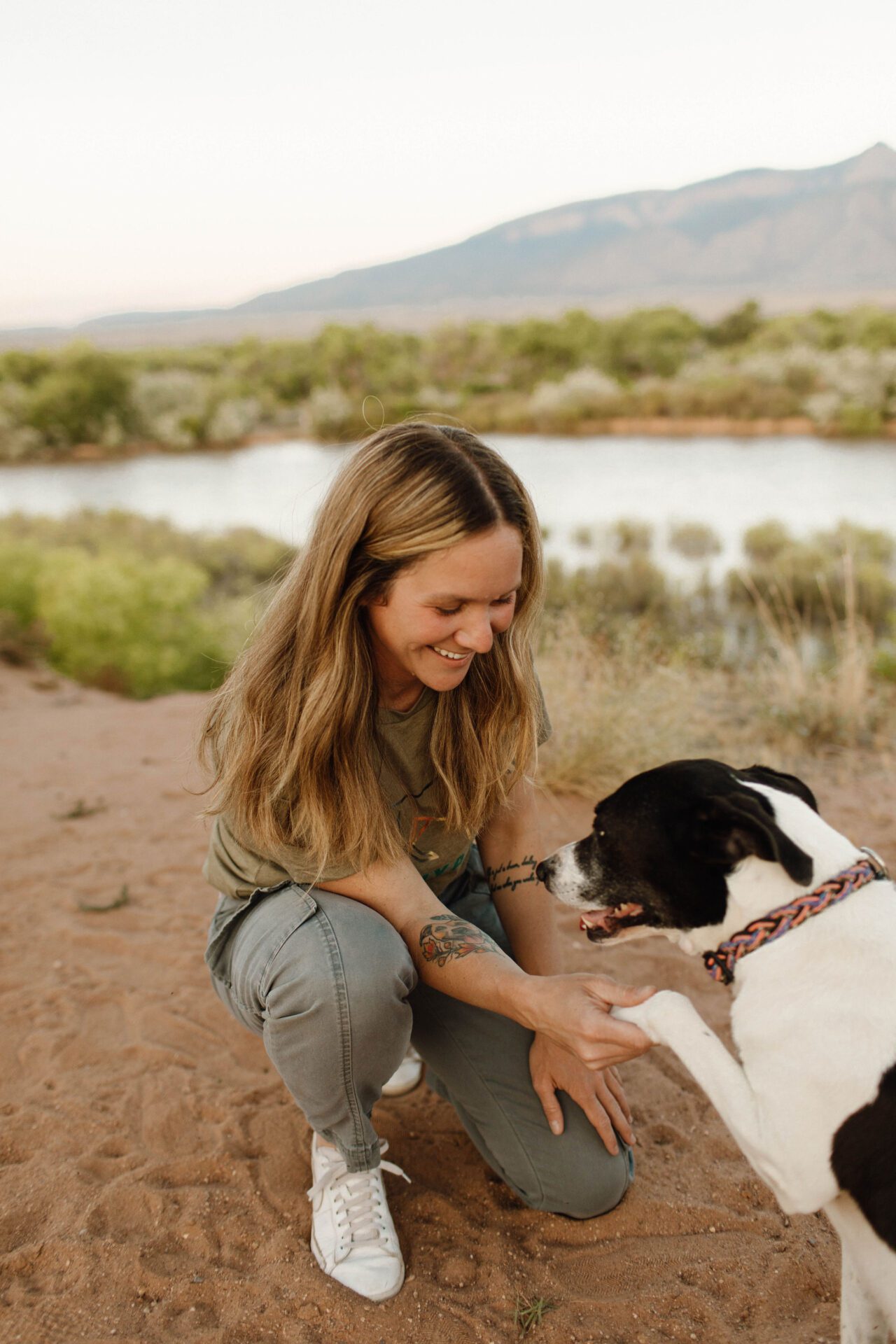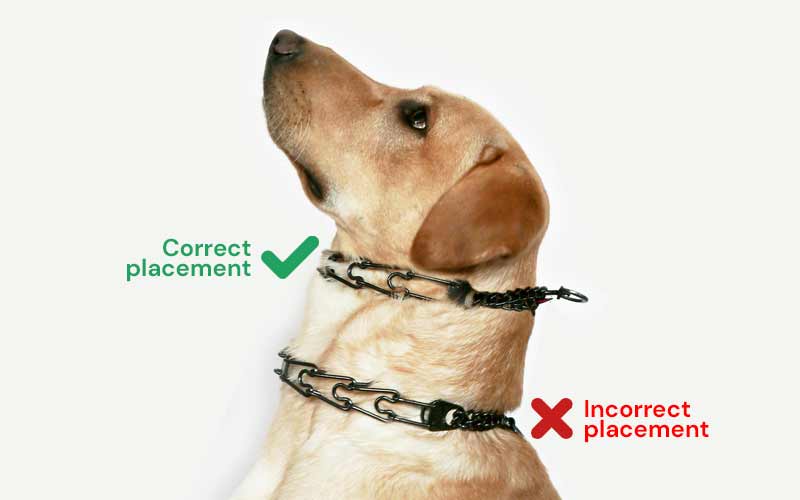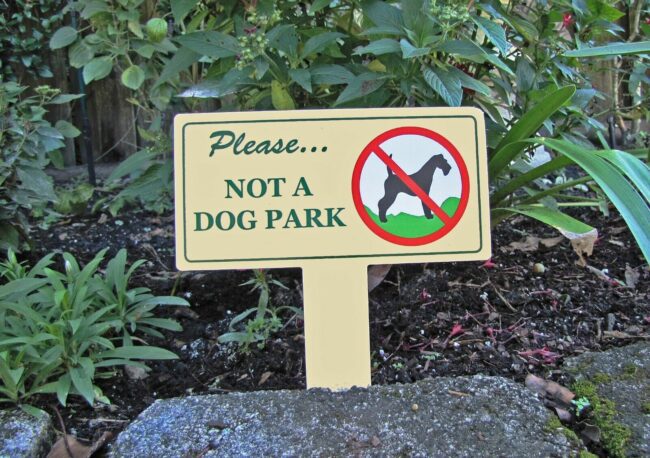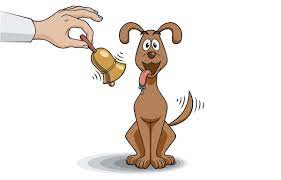What is a “balanced dog trainer”?

The term balanced has become more so a trigger word amongst the dog community than what it should be.. a simple term to describe the foundation of a training module. Dogs are like snowflakes. No two are the same. So how can their training be? Yes, there is science and years and years of experience that drive the basic understanding and teaching of dogs, but when it really comes down to it each dog needs a slightly tailored training plan.
When people hear the term balance their first assumption is that we are forcing the dog with immense physical punishment in which that dog becomes afraid of making any decisions. It’s highly believed that a dog will become frustrated and afraid, therefore becoming aggressive towards their owner. Has this happened? Can it happen? Yes. Has this happened without ever using balanced training? Can this happen without ever using balanced training? Yes.


When implementing correction tools, even the little nuances like where the collar sits on the neck makes ALL the difference. It's important to get with a professional so that you set you and your pup up for success. So, let’s talk about what balanced training really is. Because surprise, it’s not what the above paragraph describes. Balanced training means using both positive reinforcement (giving the dogs yummy treats and love) while also using positive punishment (a collar correction or some sort of physical correction). When used correctly and without default of the human emotion, balanced training is essential. Does this mean every dog requires some sort of physical correction? No. When I begin training a new dog, we begin with positive reinforcement. Whether the dog is motivated for treats, toys, affection, sniffing etc. we capitalize and extort that desire to have fun and feel good. Training dogs is just mastering manipulation.
Corrections do not come int play unless it is needed. The problem is that many assume that physical corrections are harsh and given out freely. They fear the dog is being hurt or shut down. When used properly, physical corrections act merely as a form of communication. I tell my clients that it’s more of a reminder to your dog that what they are doing or did is wrong. A prong collar is not meant to put pulled and yanked on whenever you get frustrated at your dog for not sitting when your dog hasn’t been proofed on sitting. A correction is not meant to be given when your dog is unfamiliar and scared of big, loud trucks but you want to take him on his first car ride. Corrections can be used when your dog has been proofed on a task and has been taught how to avoid the said correction. Corrections can be used when your dog is becoming a danger to you or others because they have consistently pushed the boundaries and gotten away with it. Simply put, positive punishment is how we tell our dogs “yes” and physical corrections are how we tell our dogs “no”. When the two are clearly and effectively implemented, your dog will succeed.
A good balanced trainer should never make you feel uncomfortable about their techniques. They should be able to give you the reasoning behind corrections and teach you how to effectively implement it into your own training. If not, seek out another trainer.
Remember, anything is paw-sible.


Join Our Newsletter
Stay informed on the latest information.







